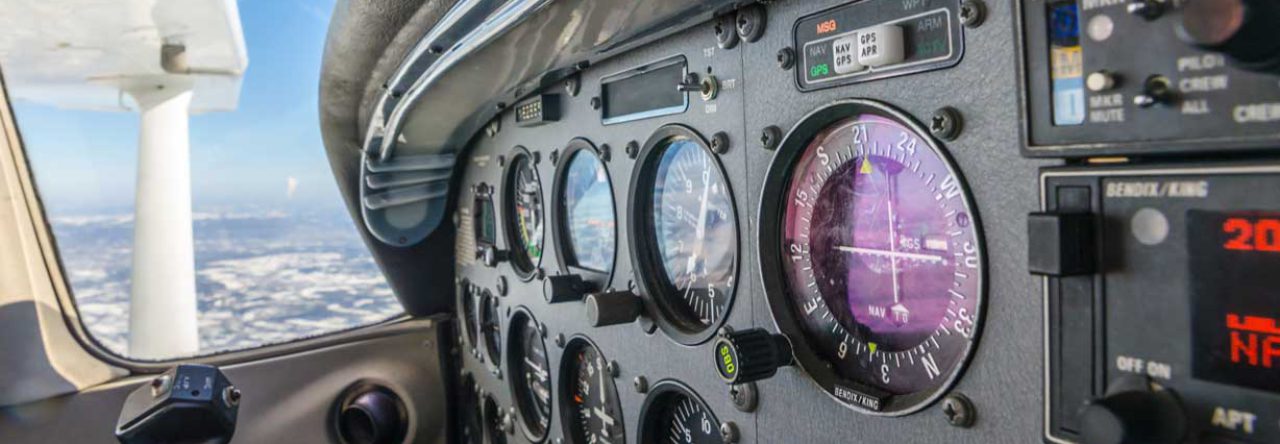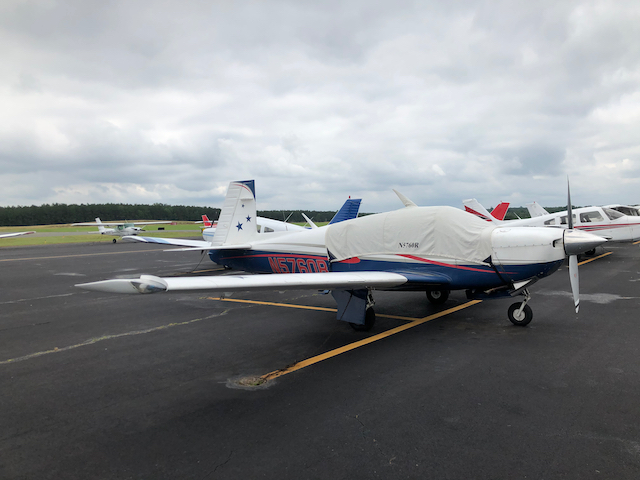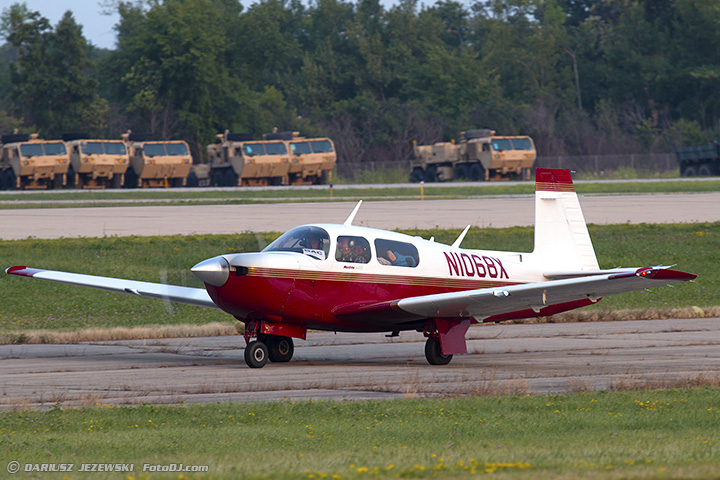The Commercial checkride is complete!
After many months, err years of study, I have finally completed the checkride and am now a Commercially Certificated Pilot. So what does this mean you ask? Not a whole lot, lol. It really is a stepping stone to greater things. Though I can technically get paid to fly now, the rules are such that there are very few flying gigs available with just a commercial certificate. You can crop dust, aerial surveying, aerial photography, cargo pilot, banner towing …. but not really the big jobs.
So why put in the effort? There is another common job and that is Certificated Flight Instructor (CFI). Ultimately, in order to take the next step to flying the big airplanes you need to get your Air Transport Pilot (ATP), you need 1500 hours. CFI is the most common way to build hours and teaching tends to reinforce your current skills. I always hear anecdotes from people who teach who say they’ve learned more teaching than they did in order to get the teaching position.
So the checkride, how’d it go?
I got up early, had breakfast, 3 eggs with toast. I don’t normally eat breakfast but I do know my brain works better when I do.
The DPE arrived about 20 minutes early and we both agreed to start early since it was forecast to get pretty warm and we wanted to beat the heat.
After I signed the IACRA, he went through all the requisite details and explanation of the oral and check ride steps. Next, he had me show him the aircraft logbooks. After that, he went through my logbook to verify that I had completed all the requirements. I had my logbook tabbed out so he could easily see my Long cross country, Day VFR, Night VFR, 10-night landings at towered airport, etc. This went pretty fast, and he was satisfied.
We started with the oral. I won’t bore you with all the questions but it went well, and we got through it surprisingly fast. I wasn’t perfect but I did pretty well. *Pops Collar*
Next up the Practical:
Flight Plan: KTTA to KROA @ 6500 using Pilotage and Dead Reckoning
CHAPS (Clearing turns, Heading, Altitude, Power settings, Safe place to land) <- for reference
He told me everything that I would need to expect. I needed to remember CHAPS and that we would bail out of the second checkpoint. I would do my groundspeed check and alternate calculations. He also said that stalls would be to first indication (Horn) and that in some instances he would tell me that I wouldn’t need to do a clearing turn but otherwise, do CHAPS.
Normal Takeoff on 21 and departed the pattern mid field on course. As we crossed 3500, he said to go ahead and descend back to 3000 and setup cruise for the first checkpoint. He asked what altitude I was climbing to and I said that I was climbing to 6500 per our flight plan. He seemed good with that.
Once I reached my first checkpoint, I started the timer. He asked me what radial I was on from RDU. I turned it to show from and the radial
He asked, "If you were going to fly there would you keep it that way?" I said no, I would flip it 180 to the TO direction.
As we got near the second checkpoint, he said ROA is closed due weather and KTTA is shut down due to aircraft on the runway. Where do we go? I initially told him RDU since we have the VOR dialed in ? I initially suggested RDU since we have the VOR dialed in and we know that they have multiple runways and services. He said "No, we’ll bust airspace. Anywhere else?" I don’t think that was a wrong answer, but he wanted me to turn in the direction and that would have had us going into RDU for a mock exercise which probably wasn’t a great idea. I then suggested KSCR and he nodded in agreement.
Once I hit my second checkpoint and turned on course to SCR and did the time calculation based on the grounds speed I calculated between checkpoint 1 and 2.
First maneuver was accelerated stalls. I did a clearing turn and performed the accelerated stall. Side note: worst accelerated stall i've ever done, and I knew it. Subsequently, I was told about it in the debrief.
Steep turns: He told me my choice of initial direction and which way I wanted to turn first. I performed a clearing turn and setup on an object on the horizon. First right then left. They were fine. I actually lost a little more altitude than I liked but was able to correct and keep within standards.
Up Next, Chandelle: He told me to do a Chandelle and that the steep turns would suffice for clearing turns. I setup the Chandelle using a long stretch of power lines since I couldn’t see the power plant (My normal visual aid). Performed a chandelle to the right and he seemed satisfied.
Interestingly enough, early in my training, I always went to the left. And the way I was setup, the power plant was to the left but I couldn't see it due to haze. Overtime, I got proficient and comfortable doing it either left or right so it didn't really matter.
Emergency descent: The DPE asked my airspeed for the descent. We barely got one turn before he said go ahead and recover. I was actually really surprised because in practice I would do a lot of circles and drop quite a bit of altitude but it was within standards. Not going to complain, lol.
At this point we were near Eagles landing and he said, "Uh oh, you've lost your engine." I went through ABCDE and got my airspeed to 68 and started a spiral over the end of the runway. Once I was at a good altitude, I setup on my downwind leg (Tracking north) to runway that would track south. Turned base and was getting ready to add flaps as I turned final and he said, "That would have worked out nicely."
As I recovered, we were near my pylons. He gave me a hint about needing to do CHAPS, me == stupid. I took the hint and asked if I could do a 360-degree clearing turn and he agreed.
I entered my pylons at pivotal altitude and did one turn around each pylon before he said "Climb to a good altitude and let’s head back before it gets hotter." Another side Note: In debrief, the DPE stated that in all the students, check rides that he has completed and all the ones he's read, I am the only student he's seen turn right to start 8's on Pylons. I don't think it was a slight or anything and to be honest, I didn't really think about it. If the downwind was on the other side, I would have entered on a left turn. I think it was more that I just liked to start with the one particular pylon first. But I don't feel that starting with one over the other gave me any advantage. Maybe that is confidence.
Finish off with the landings. Now all the landings have to be to a spot designated and for my landings I said the 1000 ft markers. The landings have to be either on the touchdown point up to 200 ft beyond. With they trickiest, the power off 180 precision landing.
For the landings, the DPE said that I could choose the order of the landings but that each will be to a full stop on the runway and he will call which take off to perform.
The series would include: Normal T/O and landing, Short field, Soft field and the power off 180 precision
First landing was a soft field followed by a soft field takeoff
Next, Short field landing - Go around, I was too high. That was problem with all my approaches, I was too high. I think an artifact of my power off 180 practices erring higher than normal. You can go around on any landing other than the power off 180, so I took advantage of it.
Short field landing, successfully this time, followed by Short field takeoff.
Next, I wanted to do the power off 180 but traffic entered the pattern and took a wide pattern, so I opted for my normal landing, Normal take off after that.
So the time came, for one of the trickiest maneuvers of the commercial checkride. Mainly because out of all the maneuvers, this one seems to be the only one in which there are factors outside of your control that can cause you to fail. Once you start the maneuver, you must hit the target or you fail. If you get a gust of a tail wind or headwinds pick at the last second, you fail. The idea here is that on downwind, once abeam your touch down spot, in my case the 1000 ft markers, you pull power. Now you have to plane your glide 180 degrees around to land on the runway either on or 200ft beyond your designated touchdown zone. There are different methods you can use, S-Turns, Slips, flaps, squaring your turn.... I spent quite a few flights in different wind conditions including swirling winds to try to perfect this.
I pulled the power and had a crosswind from my left so I kept it tight to the runway. I turned base a little early because I know that wind was swinging from cross to headwind and didn't want to be caught with not enough energy. As are turned base I knew I was high and had the energy that I needed despite the wind. I went full flaps and squared off the turn to final. I was still high, yuck. Ok, so i applied a slip to stay on airspeed but add a lot of drag that would allow me to lose altitude. The slip started to work nicely and I took the slip into ground effect. As the wheels touched down, I felt it was going to be close and I heard, "That will work, within limits"
Power off 180 and ride complete
Cleared the runway ran the checklist and taxi back, I'm a Commercial pilot now.
Next stop, right seat for CFI.










